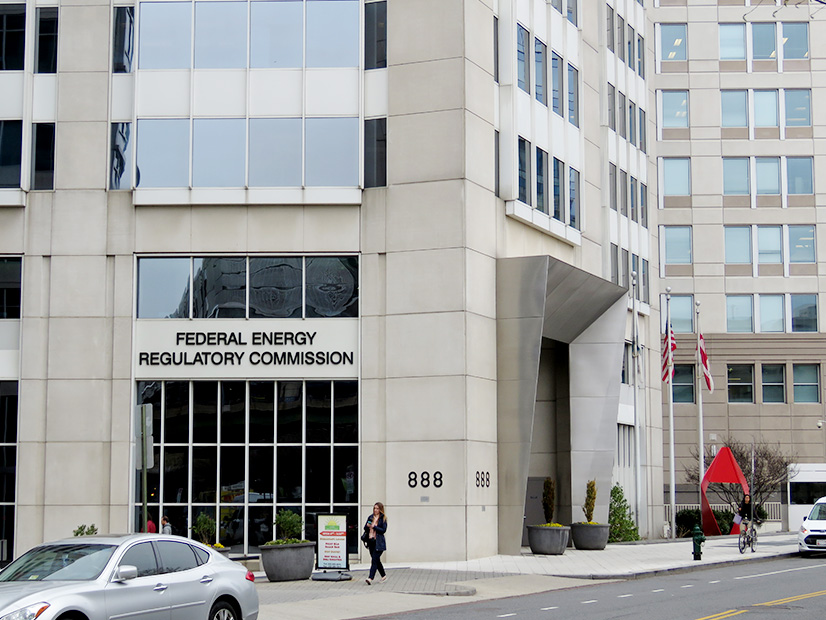The split control of Congress means another possible shutdown of the federal government looms this weekend with a funding deadline of Sept. 30, the end of the fiscal year.
While several days remain before the deadline that could be extended by just a short-term deal, the Department of Energy and FERC already have laid out plans for what would be the first shutdown of the government since 2018. (See FERC to Furlough Most Employees in Govt. Shutdown.)
FERC would run with a skeleton crew of 60 as 1,506 out of 1,566 employees would not work after the agency runs out of funding. The commission said it would be able to keep going for some time using money it has on hand, but once exhausted it would limit activities to the bare minimum for as long as the government is unfunded.
DOE normally has 13,850 full-time employees and some 4,139 of those are financed by a resource other than the annual appropriations Congress is fighting over, while 1,404 employees are “necessary to protect life and property.”
Both agencies said they would be able to wind down standard operations within a half day of finding out the government is not funded.
FERC would keep up its safety reviews of dams and natural gas infrastructure, as well as continuing to monitor the bulk power system for reliability and policing energy markets against manipulation.
As presidential appointees, the commissioners themselves would continue working and issuing any orders that have to come out. For court cases, FERC would ask for stays. If courts deny stays, then staff will have to meet any deadlines in their cases.
DOE headquarters would keep a small staff to help coordinate its actions that must continue, which include maintaining and safeguarding the country’s nuclear arsenal and providing electricity from federal power administrations.
Bonneville Power Administration is self-funded and will continue to operate normally (its employees are covered in the category where their salaries are funded outside of the normal appropriations process). The other power marketing administrations (Southeastern Power Administration, Southwestern Power Administration and Western Area Power Administration) will perform functions related to the safety of human life and the protection of property by engaging in controlling and directing power to utilities, transmission of power and repair of the power transmission system.
“After the exhaustion of available balances, those activities not related to the preservation of life and property, unnecessary to the discharge of the President’s constitutional power, not funded by other than annual appropriations or not otherwise expressly authorized by law will cease,” DOE’s plan said.




